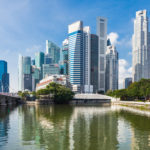Experiencing Germany in All its Splendor.
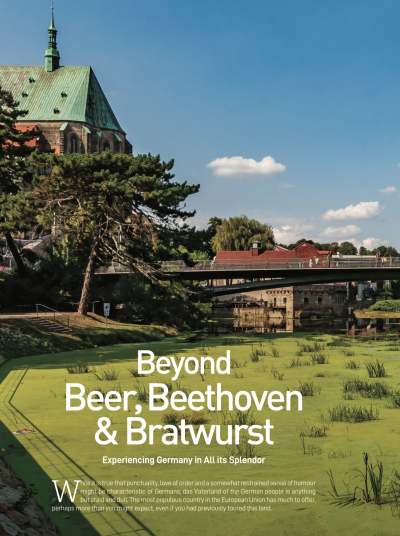
Germany is surrounded by no less than nine countries that you can always cross over to visit. At its extreme north on the Jutland peninsula, Germany is bounded by Denmark. East and west of the peninsula, the Baltic Sea and North Sea coasts complete the northern border respectively. The eastern most frontier adjoins Poland, while to the west, Germany borders the Netherlands, Belgium and Luxembourg. Beyond these borders, there is also France at the southwestern border, Switzerland and Austria at the southern border, and the Czech Republic on the southeastern border.
Germany’s interconnectedness aside, the country is also well- known for its enchanting castles, alpine views, nightlife in Berlin and the world-famous Oktoberfest. Yet, beyond these, there is so much more to the Land of Poets and Thinkers. Germany is studded with small towns that spread their share of fairytale magic, complete with winding cobblestone alleys, medieval townhouses and countless memorable photo stops.
RECOMMENDED ITINERARY
For a first-time visit, this is a good itinerary to follow: Fly into Frankfurt, and then head over to the Rhine Valley and visit Moselle as well as Trier (famous for its Roman roots and the house in which Karl Marx was born). This can be followed by Baden Baden, Frieburg and Staufen. Other stops could include Reutte in Austria, Fussen and of course, Munich (not forgetting Neuschwanstein, the famed castle). From there, head over to Wurzburg (or visit the Czech Republic just across the border) before heading north again to Dresden and Berlin. And if you have time, there is always neighbouring Poland to add to your itinerary.
OFF THE BEATEN TRACK
For those who have already done the typical tourist route, there is still much to discover on a return visit to Germany.In order to avoid the touristy crowds, you can go on a circuit that brings you to the medieval towns and villages all over the country. This route will prove to be much more relaxing and can constitute a real chill holiday. To give you an idea about where to visit, here are a number of charming towns slightly off the beaten track that you -can check out during your next visit to Germany, depending on your personal interests.
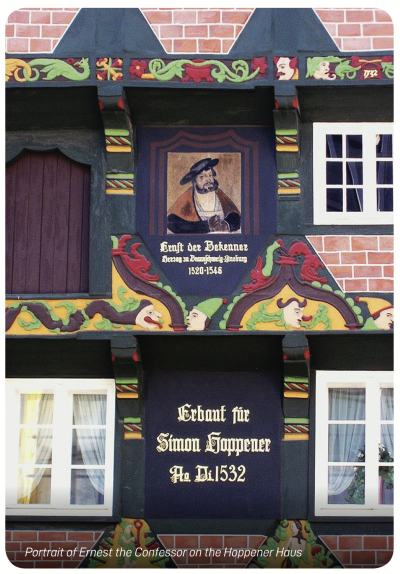
SPREEWALD
Just south of Berlin lies one of the most tranquil and beautiful places in the countryside of Germany: Spreewald. Much less well-known than Venice, this area has a similarly extensive system of canals that weave through forests, adorable towns filled with storybook city centres and quaint forest cottages. The waters are tranquil and the landscape is beautifully reflected in the calm waters. Indeed, Spreewald is best enjoyed through a boat ride. Situated along the canal is Lehde in Brandenburg, one of the oldest and most charming villages of the area. If you are feeling adventurous, you can kayak along the farmhouse-lined waterways and stop by to pick up some of the region’s famed gherkins from nearby farm shops.
RAKOTZBRÜCKE
Another fascinating destination to visit is Rakotzbrücke in Saxony situated in the eastern part of Germany, about 1.75 hours away from the city of Dresden. Hidden in Kromlau’s Rhododendron Park, Rakotzbrücke is a 19th century bridge that creates a perfect stone circle when reflected in the waters. Often referred to as the “Devil’s Bridge”, the structure seems so impossibly perfect that locals used to say that it must have been built by “dark forces”. The park, the largest in Saxony, was commissioned by Friedrich Herrmann Rötschke, the knight of Kromlau, in the middle of the 19th century. At the northern end of Germany, lies the area known as Mecklenburg-West Pomerania. The name Pomerania comes from the Slavic words “po more” which means “land by the sea” and this area is where the furry breed of Pomeranian canines was said to have originated. Forming part of the southern coast of the Baltic Sea,Mecklenburg-Western Pomerania’ boundaries have changed throughout the centuries as it once belonged to various countries like Sweden, Denmark and Prussia.
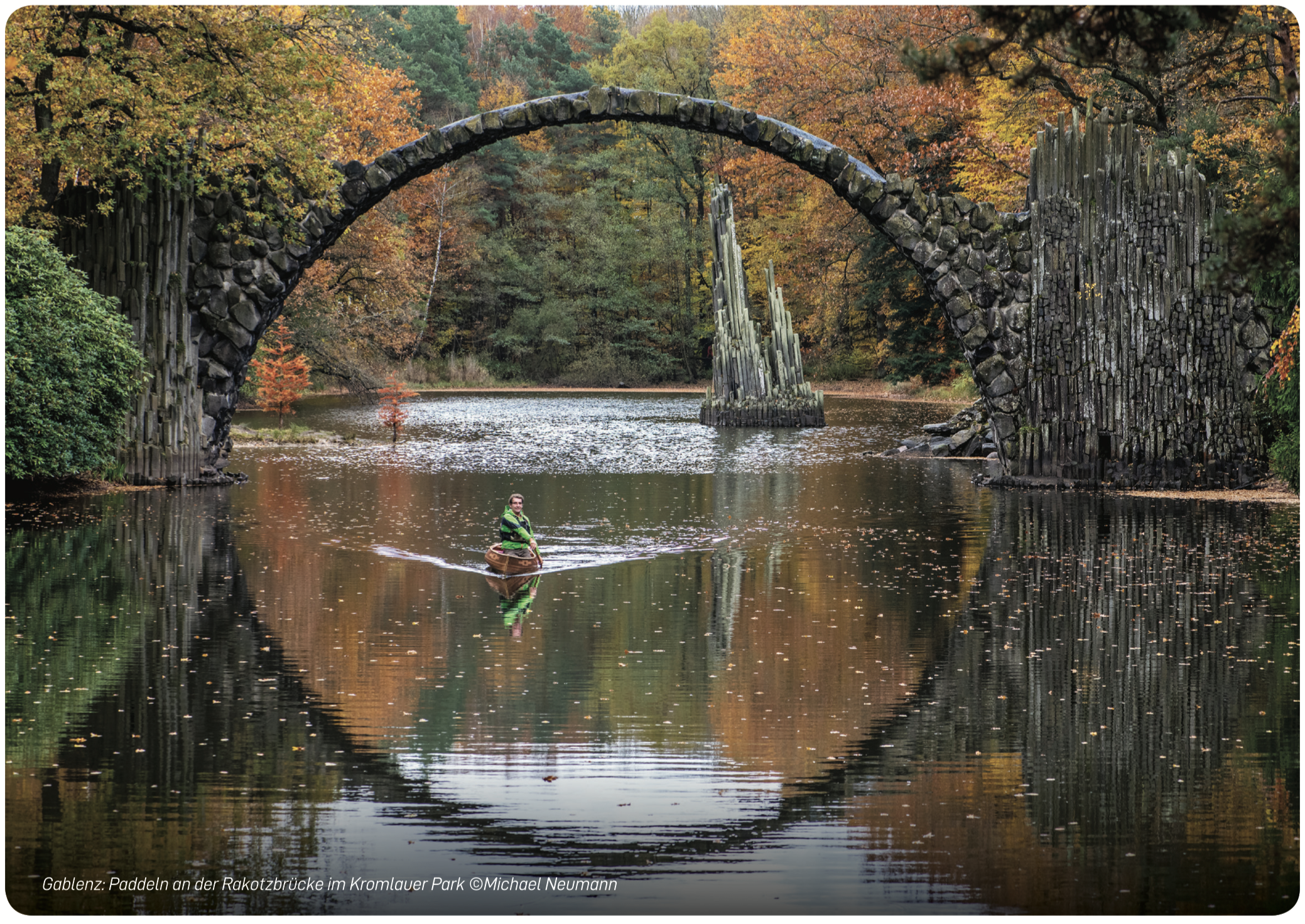
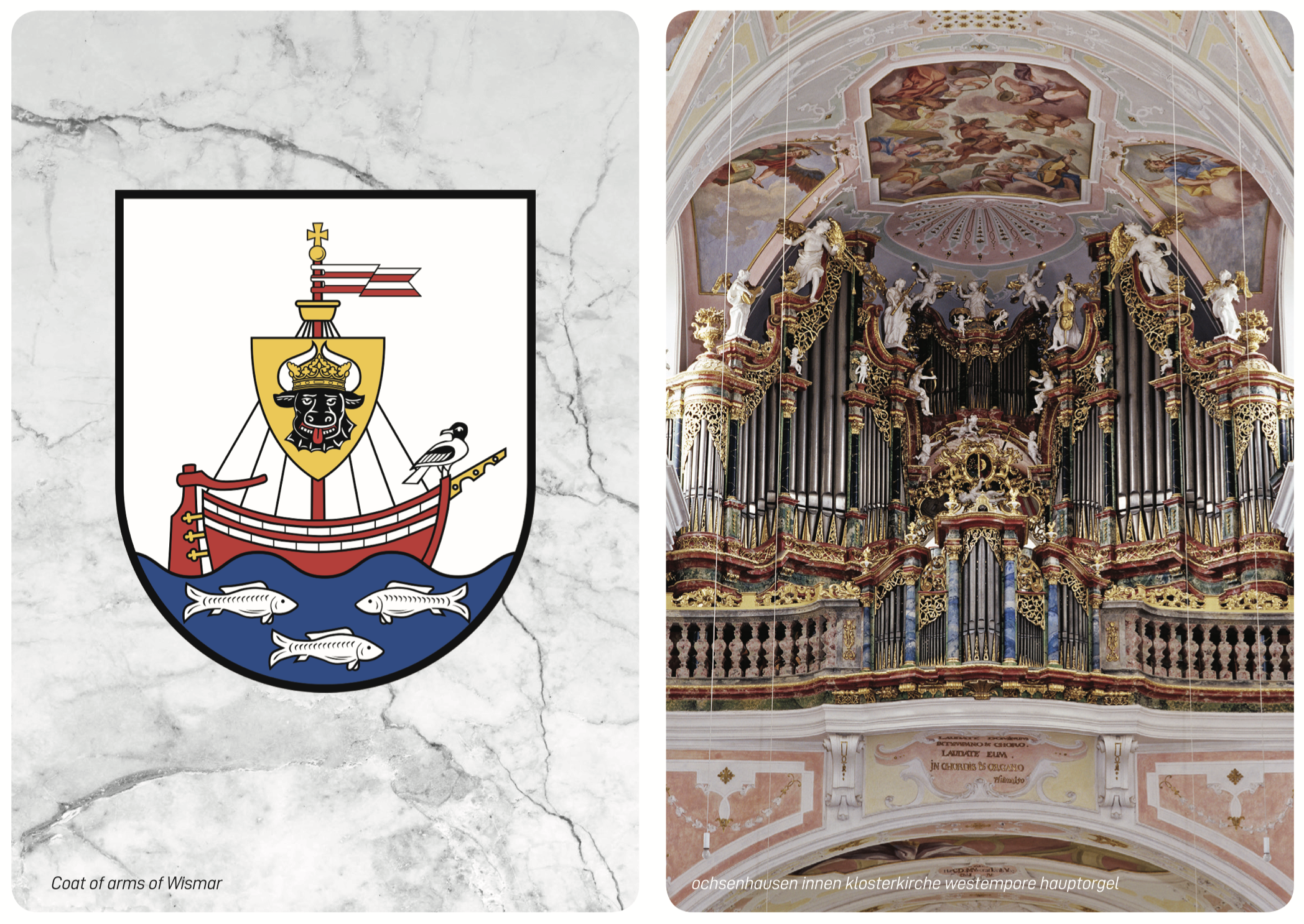
WISMAR
The city of Wismar was declared a UNESCO World Heritage Site in 2002 because of its well preserved Gothic architecture, old harbour (from its days as a powerful trading port) and colorful 16th/17th century Swedish-style buildings (from its days under Swedish rule). Do not forget to grab souvenir printed with the Wismar coat of arms, which features a crowned bull’s head on a flag on board a ship, seagull and fishes – it is a great conversation piece!
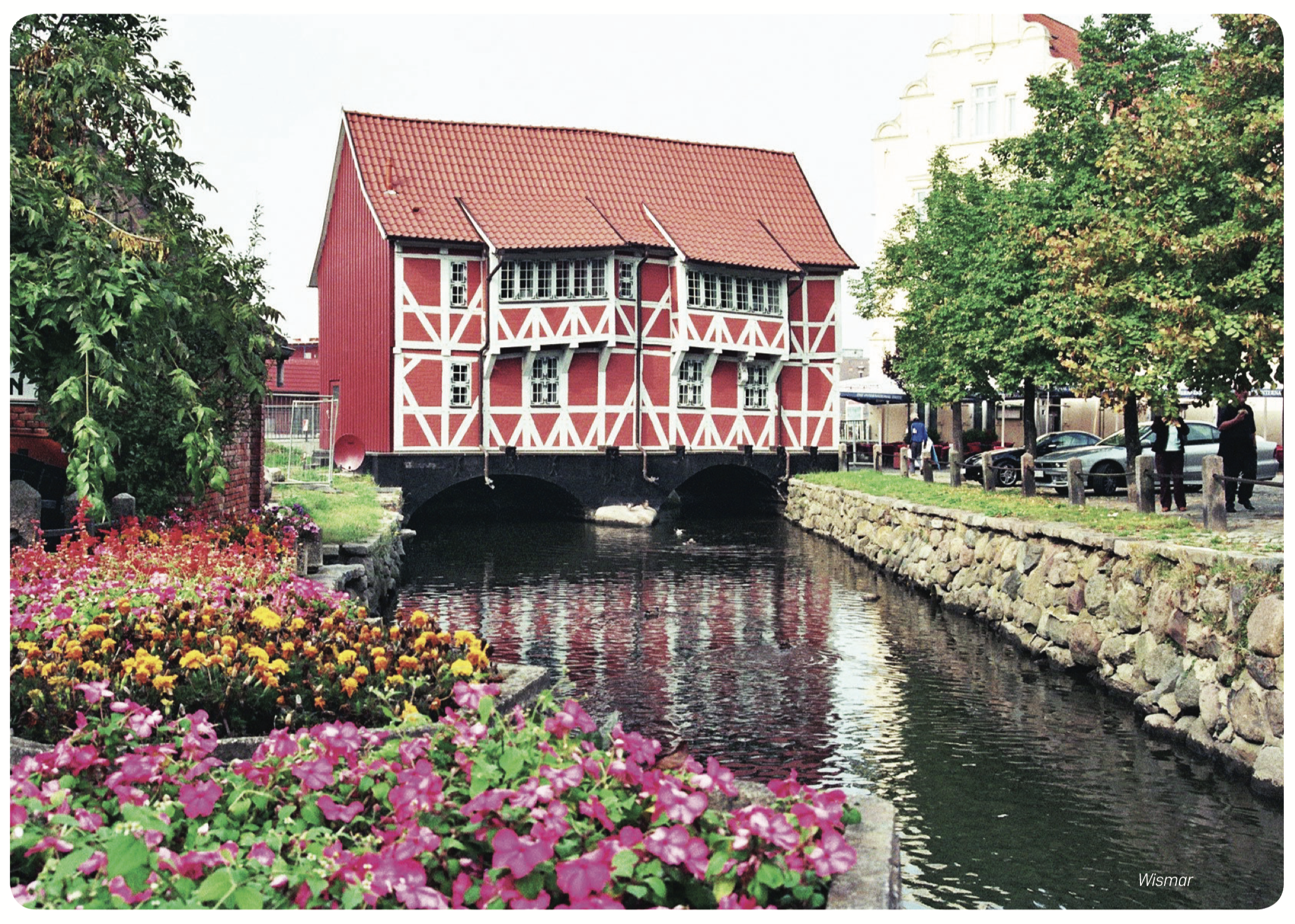
CELLE
Some 3.5 hours away by car from Mecklenburg-West Pomerania is Celle, a medieval town in Lower Saxony that is filled with quaint chocolate-box houses. The most interesting thing about Celle is probably its status as the ancestral home of the Windsors – Britain’s Royal Family. Celle’s history dates back to around 700 years ago. It was once the home of European nobility and the town comprises many historic buildings, including some 500 half-timbered houses (one particular must see is the Hoppener Haus, the most magnificent amongst the half-timbered houses where six staggered storeys protrude over one another in the gable, with two talking lamp posts nearby) and a charming castle that dates back to 1292. Notable features include its 16th century chapel with a Renaissance interior and a 17th century theatre, the oldest existing Baroque theatre in Germany.
GOSLAR
Also located in Lower Saxony in the Harz Mountains iS Goslar. Located some 1.5 hours away by car travel from Celle. Goslar has often been described as bewitching as it is often associated with tales of miners, witches and emperors. This UNESCO World Heritage town was founded after silver was discovered in the mountains in AD 968. Your visit to his historic town can include a stop at Europe’s oldest subterranean mine chamber – the 13th century Feuergezähe at the Rammelsberg Mining Museum.
There is also the sprawling Imperial Palace of Goslar and a wonderful marketplace where you can buy all manner of local crafts. And if you are curious about witchcraft, time your visit to coincide with Walpurgis Night each spring. For details on opening hours, accommodation and other details for this event, visit www.goslar.de/home-en
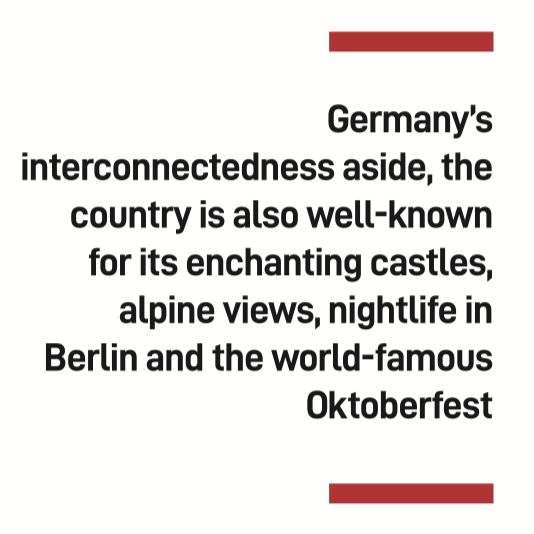
NAUMBURG
Classical music fans should drop by Naumburg in Saxony- Anhalt, Central Germany, which is about 2.5 hours away from Goslar. Here, you can listen to and admire the Hildebrandt organ being played at the Church of St Wenceslas. It is the largest of its kind in the world. The cathedral town of Naumburg is almost a thousand years old. It is filled with Renaissance and Baroque era buildings joined by plenty of pretty little lanes where you can spend the day admiring the architecture and potter around quaint shops.
QUEDLINBURG
The town of Quedlinburg, also located in the Harz Mountains in the Saxony-Anhalt region, is another splendid town worth a stopover. Once the capital of the East Franconian German Empire between AD 919-1024 and a prosperous trading town, it is now UNESCO-listed and has more than 1,300 timber-framed buildings lining its sloped streets and the Münzenberg Hill. A treasure trove of medieval riches, this ancient town also has a palace, an abbey complex, exquisite Romanesque churches, monastic buildings along with a beautifully preserved Marktplatz and a stunning Gothic town hall. For more details on Quedlinburg, visit www.quedlinburg.de
GÖRLITZ
As you head further south into Saxony, you will find Görlitz, Germany’s easternmost town on the Polish border, where you can visit its sister town Zgorzelec (in Poland) by simply walking across one of two bridges over the Lusatian Neisse River. This pretty town has survived WW2 bombings and is SO well preserved that it is popular with movie makers who have made a it a filming location for films like The Grand Budapest Hotel and Valkyrie, which starred none other than Tom Cruise.
EISENACH
Another UNESCO World Heritage site is the Warburg Castle in Eisenach, a town located in the region of Thuringia between Saxony and Hessen. Eisenach is easily accessed from Görlitz. Wartburg, situated at the edge of the Thuringian Forest, was first founded in 1067 and was once the hiding place for protestant priest Martin Luther, who translated the Bible into German. Besides Wartburg, Eisenach is also famously known as the birthplace of one Johann Sebastian Bach.
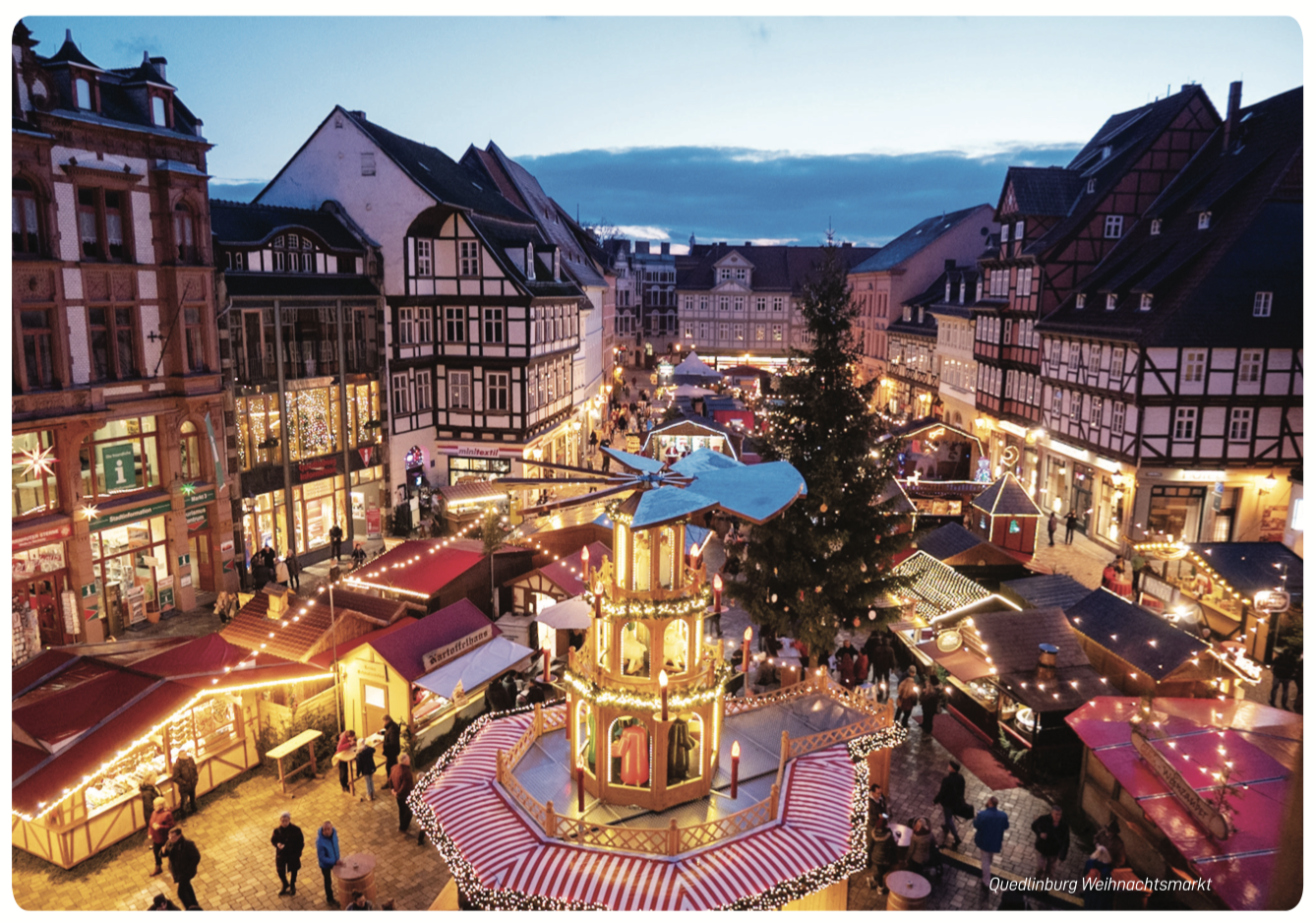
ALSFELD
If you are a fan of the Brothers Grimm, Alsfeld will win you over. It has architecture that exudes fairy tale charm and there are Grimm-themed tours where you can discover the brothers’ tales inside the Fairy Tale House, a half-timbered building dating from 1628. Little Red Riding Hood is thought to have been inspired by the Schwalm region’s local traditional costume of a red cape.
KASSEL
Nearby in Kassel, you will find the Grimmwelt Kassel Museum which tells the story of the famous brothers. However, Kassel is really mostly known for one of the contemporary art world’s most prestigious events – Documenta, which takes place once every 5 years. In fact, the next edition of Documenta is in June 2022.
For more information visit documenta-fifteen.de/en/
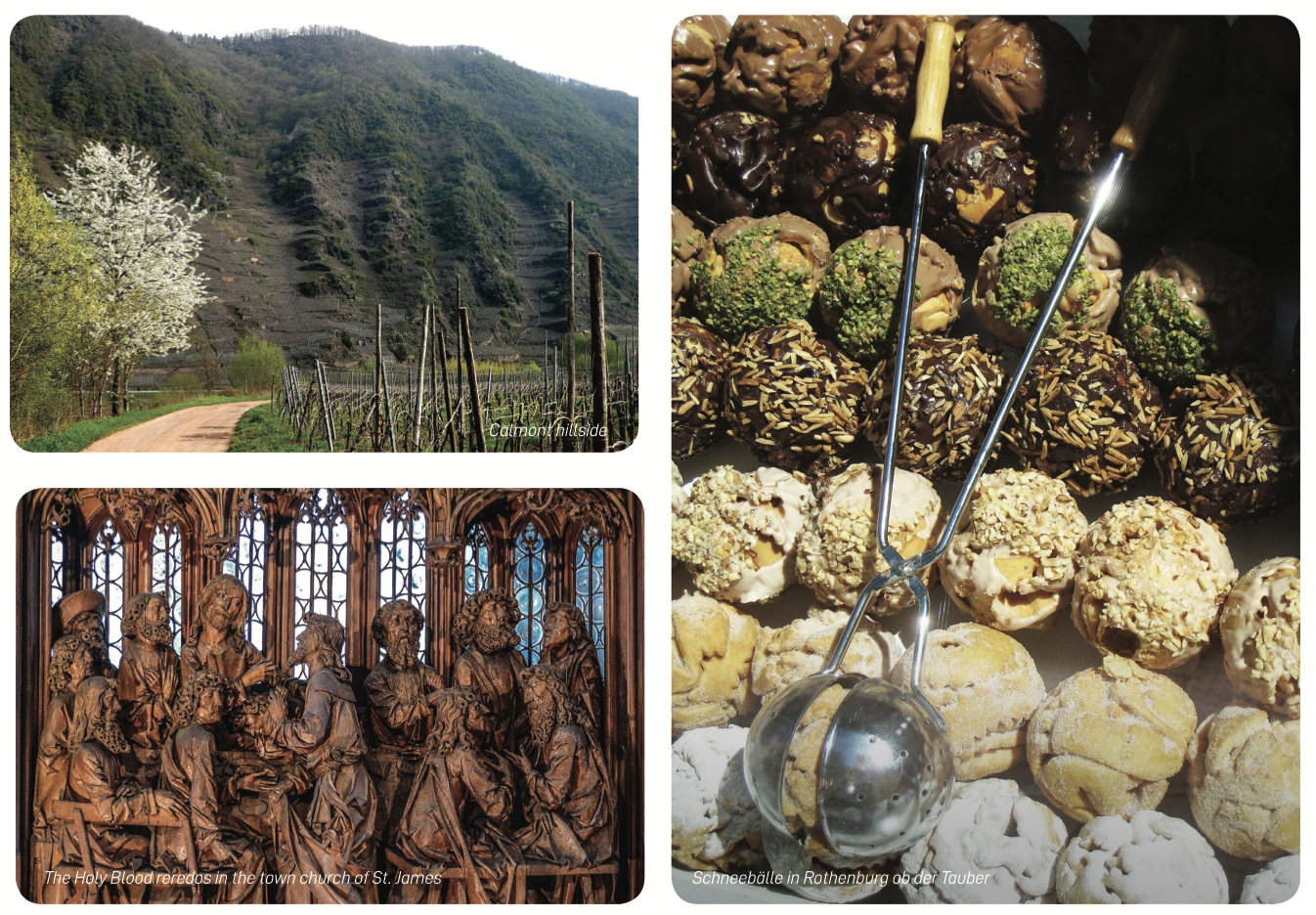
MOSELLE
A visit to Germany is not complete unless you have visited one of her famous wine valleys, such as Moselle in the Rhineland- Palatinate region. While you are there, be sure to visit Bremm, with its whitewashed houses and slate-roofed churches sitting at the foot of Europe’s steepest vineyard, the Calmont, which is famed for its Riesling wines
COCHEM
Another place that should not be missed is nearby town Cochem, with its pastel-hued houses, medieval gateways and the fairytale form of Reichsburg Castle perched on a rock.Once you have checked out the old town and tasted the local wines, burn a few calories by taking in a hiking trail and enjoy the mesmerizing views of the vineyards.
METTLACH
Just south of the Rhineland-Palatinate region is the small state of Saarland, located at the German borders with France and Luxembourg. Although the town of Mettlach, which sits in the bend of the Saar River, is little known, its history is deeply intertwined with the world famous ceramics firm Villeroy & Boch, whose headquarters is located in the Alte Abtei, a former Benedictine abbey on the riverfront. Visitors can visit the Villeroy & Boch Museum and various production spaces to learn how this world famous ceramic is crafted.
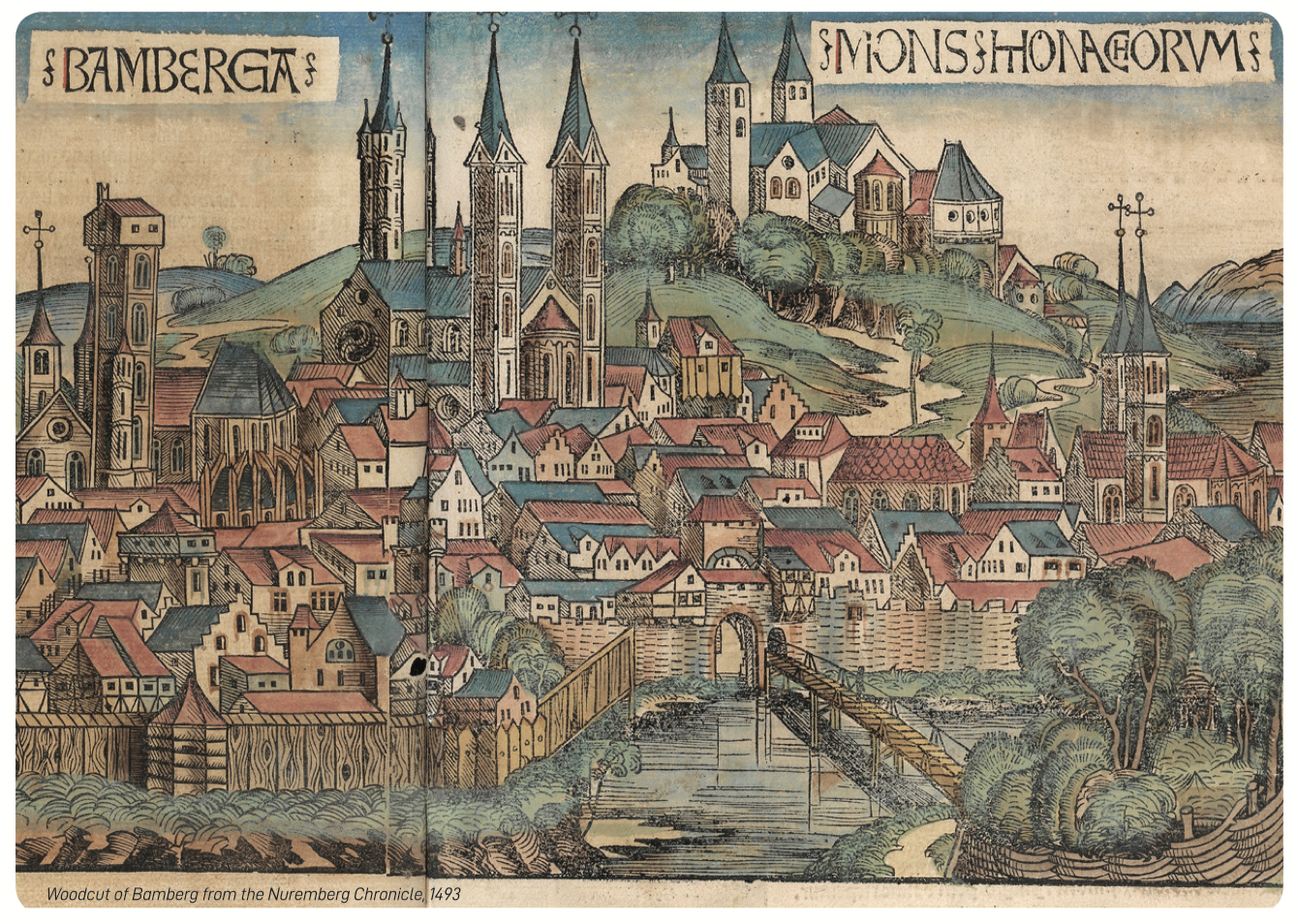
ROTHENBURG OB DER TAUBER
One of the top picture perfect towns to visit in Germany is the town of Rothenburg ob der Tauber, located in Bavaria, southeastern Germany. Possibly the best-preserved walled town in Germany, the name of the town (Rothenburg ob der Tauber) means “Red Fortress above the Tauber River”. This is a reference to the ancient red-roofs on houses that line southern Germany’s Romantic Road. Many of these settlements feature defensive towers, narrow timber-clad houses and cobbled streets, creating ever lovely picturesque vistas that is the dream of every travel photographer. Cool cafes, restaurants, museums, gardens and enticing shops further make this German town one of the top favourite travel destinations for many visitors worldwide. And once you have tried their delicious Schneeball (‘Snowball’) pastry, you will resolve to diet only at the end of your trip!
For details on sights and places to stay at Rothenburg ob der Tauber,
visit planetofhotels.com/guide/en/germany/rothenburg- ob-der-tauber.
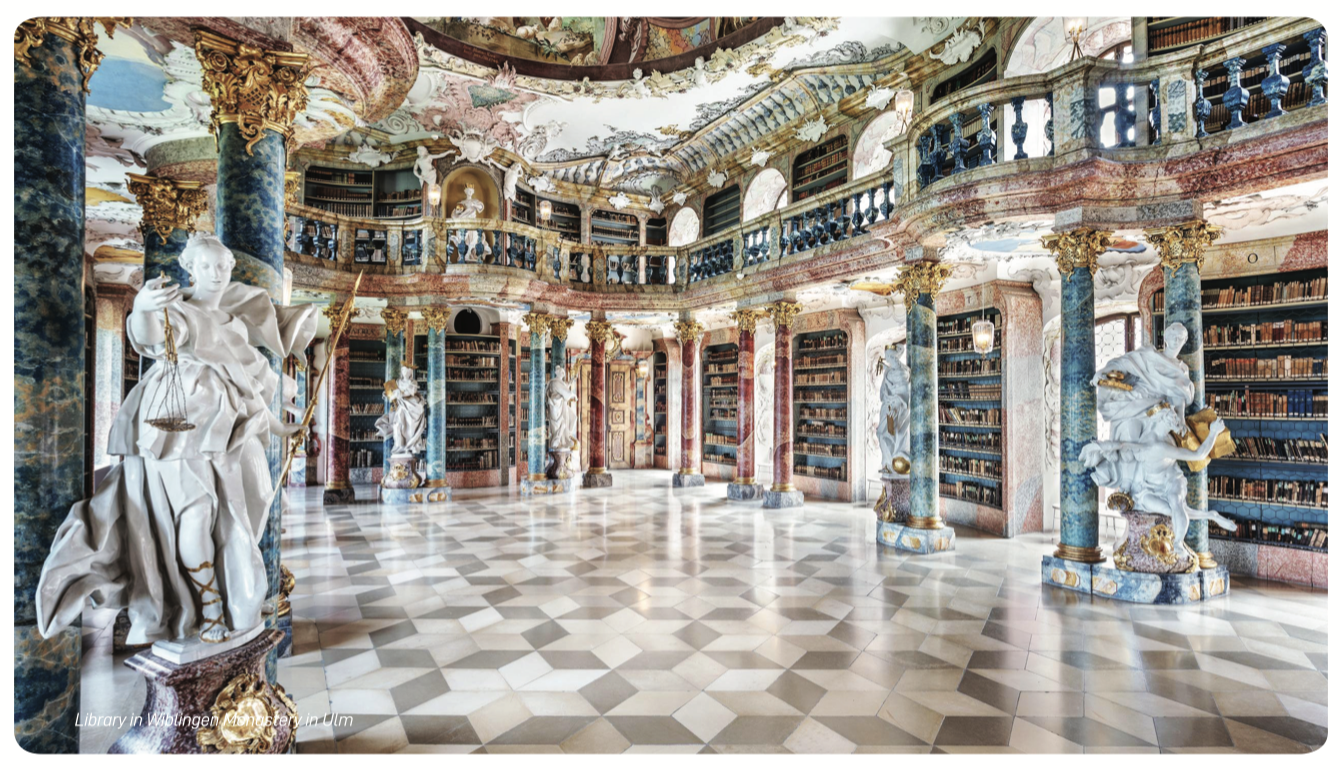
BADEN-WÜRTTEMBERG
Continuing south from Rothenburg ob der Tauber, we land in the state of Baden-Württemberg, the 3rd largest German state by both area (behind Bavaria and LowerSaxony) and population (behind North Rhine-Westphalia and Bavaria). This region is well-known for its strong economy, with various industries like car manufacturing, electrical engineering, mechanical engineering, the service sector, and more. It has the third highest gross regional product (GRP) in Germany. Part of the Four Motors for Europe, some of the largest German companies are headquartered in Baden- Württemberg, including Daimler, Porsche, Bosch and SAP.
STUTTGART
For car buffs, the Mercedes-Benz Museum is a must-see. Housed in an awe-inspiring building, you will be able to track the full history of cars here. Indeed, the architecture of the museum as well as the exhibition displays are so captivating that even those who think cars are boring would be impressed. A mere half an hour away by train is the Porsche Museum, housing yet another stunning display of the famed sports cars. Stuttgart, the capital and largest city of Baden-Württemberg is a mere 0.5 hour away by train. If you are hankering for some Asian food after overdosing on classical German cuisine, you can definitely find authentic Thai, Vietnamese, Japanese and Indian food here.
SCHILTACH
From Stuttgart, you can hop over to tiny Schiltach, a medieval gem in the Upper Kinzig Valley in the Black Forest which has a history that dates back to the 11th century. Head towards the river promenade and you will spot the ubiquitous half- timbered houses. Do not miss the intriguing pharmacy museum and craft tannery, the last in the Black Forest.
ULM
Another nearby destination is the magnificent Wiblingen Monastery Library near Ulm. Founded in a former Benedictine abbey, the library boasts opulent baroque interiors and art works which make for an unforgettable experience. Guided tours of the abbey will provide you with more insight into the achievements of German architecture.
BLAUBEUREN
Yet another charming town that has attracted visitors for centuries, Blaubeuren’s (also in Baden-Württemberg) famed bright blue waters has inspired many myths and fairy tales. Its Benedictine monastery, complete with mysterious caves (such as Hohle Fels), has been the site of many important archaeological findings dating to the Upper Paleolithic period. History buffs must visit the town’s Museum of Prehistory to learn more about the town’s intimate links to archaeology.
MEERSBURG
Also a town located in Baden-Württemberg, under a 2-hour drive away from Blaubeuren, Meersburg is a picture- perfect township situated between vineyards and orchards overlooking the huge Lake Constance. On a clear day, you can soak in views of the Swiss Alps from the medieval Meersburg Castle in the historic Oberstadt (Upper Town). You can also enjoy a walk along the seafront promenade in its bustling Unterstadt (Lower Town).
BREGENZ
If you are visiting around summertime, take a 1.5 hours bus or train to Bregenz in neighbouring Austria and watch the spectacular opera staged in the middle of the lake. In 2021,Rigoletto was staged there and in 2022, the offering will be the well-loved Madam Butterfly. Renowned for its massive multi- storey stage and cast of thousands, the Bregenz Festspiele is an once-in-a-lifetime experience not to be missed if you are in the lake area. Be sure to book ahead for tickets at this link: bregenzerfestspiele.com/en.
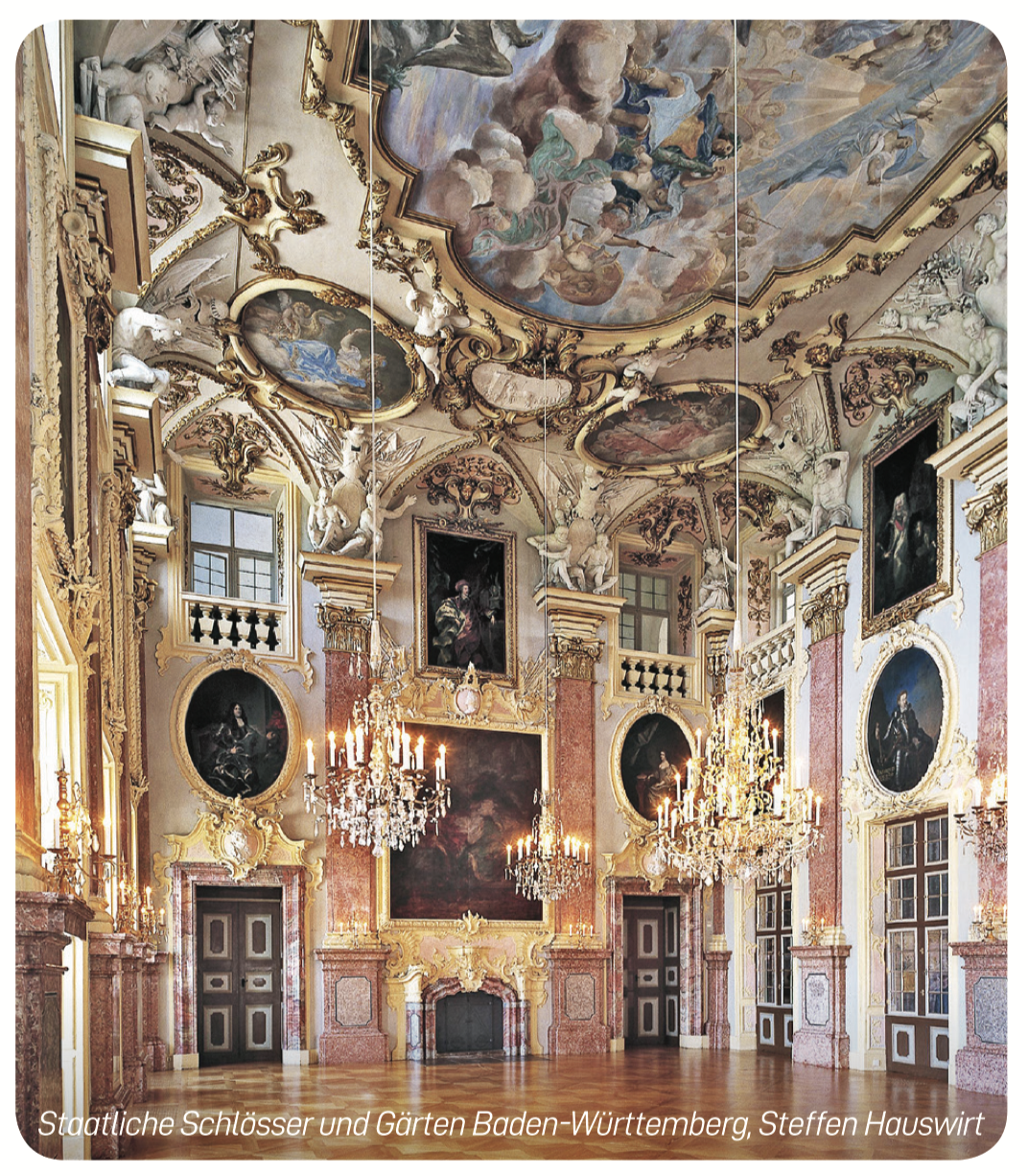
WEIMAR
Literary fans should visit the home of the famous German writer Johann Wolfgang von Goethe, considered by many to be the greatest German literary figure of the modern era as well as that of the poet and playwright Friedrich Schiller in the city of Weimar. Located in Thuringia, north of Bavaria, this small city has many museums, a national theatre and fine restaurants offering traditional cuisine. It is a beacon of Germany’s high culture and a fascinating place to visit. Beautifully manicured lush gardens and tranquil parks make this town a must visit location.
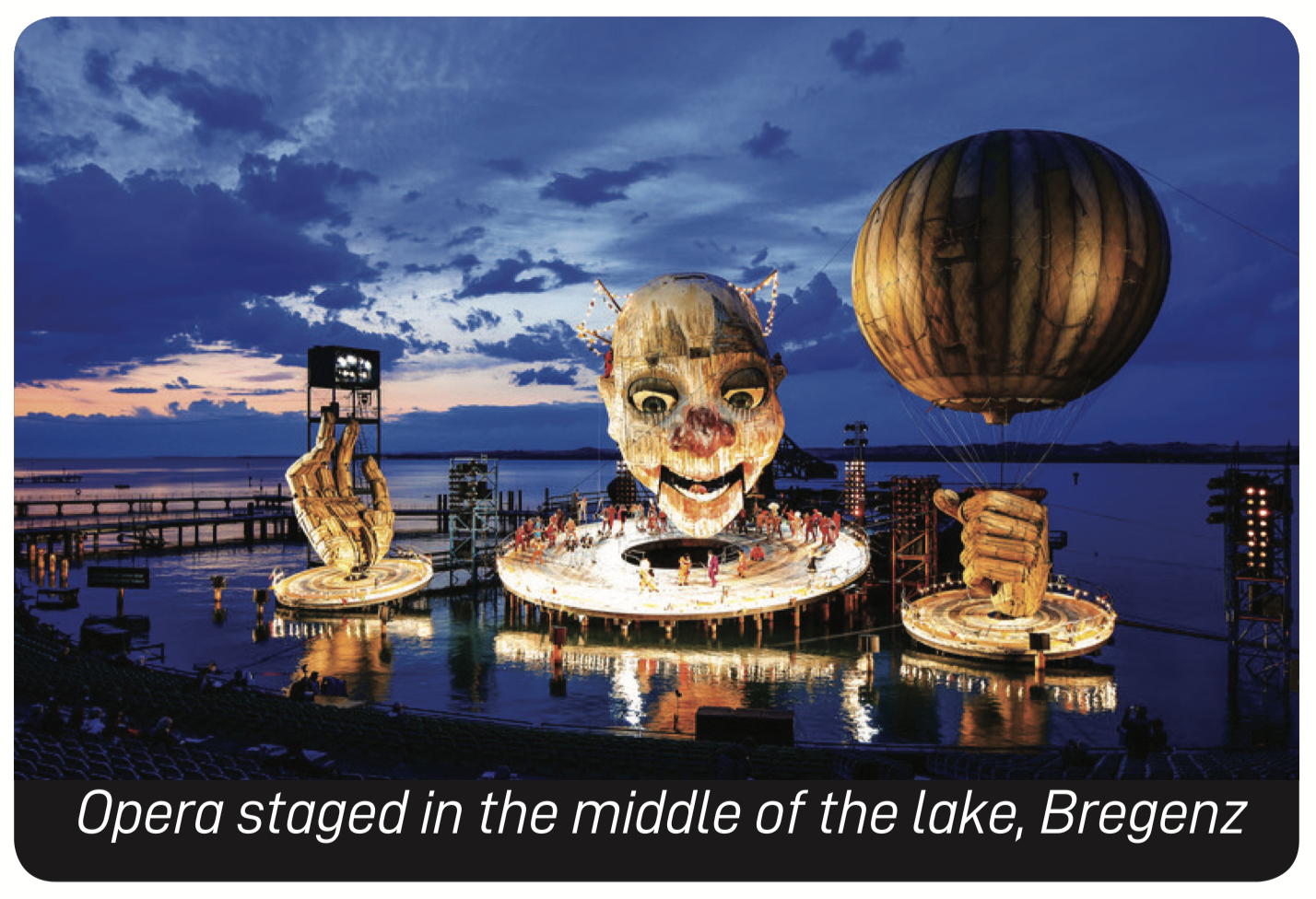
BAMBERG
Next, you can head south to the famed Bavarian state, with its many charming medieval towns. There is Bamberg a town on the UNESCO World Heritage List, which extends over seven hills, each crowned by a church. This charming town is also famed for its beautifully cultivated urban gardens, smoked beer and onions! Be sure to try some for lunch or dinner! For a unique souvenir, have a hunt in antique stores to see if you can find a print of its beautifully engraved 15th century townscape.
CHIEMSEE
To really enjoy some tranquility, head over to an island! Just over an hour away from Munich is the charming Women’s Island, Frauenchiemsee, with its Benedictine abbey Frauenwörth that has a history of over 1,200 years. It is the 2nd largest of the three islands in Chiemsee (commonly called the Bavarian Sea). There is also the neighbouring Herreninsel (Men’s Island) the site of a male monastery which was founded even earlier, around AD 620. Not to be missed is a royal complex Herrenchiemsee the last to be built by King Ludwig Il and modelled after Versailles, so you can expect some jaw dropping opulence and grand gardens.
UPPER SWABIAN BAROQUE ROUTE
If you cannot get enough of over-the-top baroque German architectural styles, check out the famous 860 km, four routes and 55 baroque stops on the Upper Swabian Baroque Route launched in 1966. It is one of the oldest cultural and holiday routes in Europe.
The trail runs between the Swabian Alb and Allgäu Alps, between the River Danube and Lake Constance. It is lined with a wealth of magnificent baroque castles, palaces, monasteries, abbeys and churches alongside fortresses and fascinating museums. No other region has quite so many stunning examples of baroque architecture. You might even bump into a few members of the aristocracy who still reside in the magnificent residences. Some of these may be open to visitors, or house museums and temporary exhibitions. If you are in one of these castles or palaces, be sure to check out the views which are usually well worth a climb to the topmost rooms.
The Upper Swabian countryside features gently rolling hills which make the landscape, with its landmarks, a landscape artist’s dream. En route, you will also get to experience many of the ongoing customs and traditions of the region, including the Palm Procession, the Corpus Christi Procession, the Blutritt, open-air performances, the Swabian-Alemannic Carnival, music performed on baroque organs, the delicacies of baroque tables and the monastic art of brewing beer.
DELIGHTFUL SURPRISES
From fairy tale medieval towns and baroque castles to modern motor museums, breathtaking wine country scenery and spectacular music festivals, Germany certainly offers delightful surprises at every turn of the autobahn.
*Due to the ever changing situation with COVID-19 infections, visitors should check with the German Tourism Department at the German Embassy in Singapore to confirm whether the towns or sites they wish to visit are open and accessible. Please contact the Public Affairs Officer@tel: +65 6231 0835 or e-mail: pr-101@sing.diplo.de
Ms Jean Tsai is a communications and training professional with more than 30 years of experience in the banking, technology, healthcare, luxury goods as well as the arts and culture industries. She holds a Master of Public Health from UCLA, USA. Whilst employed full time in the corporate world she also found time to be a docent with NLB , Nparks ,seven National Heritage Board institutions, heritage events and the Istana. In recent years, she divides her time between being a free- lance writer, curator and researcher while continuing her more than 20 year service as a museum docent.
Email : jeantsai@singnet.com.sg
PRIME


